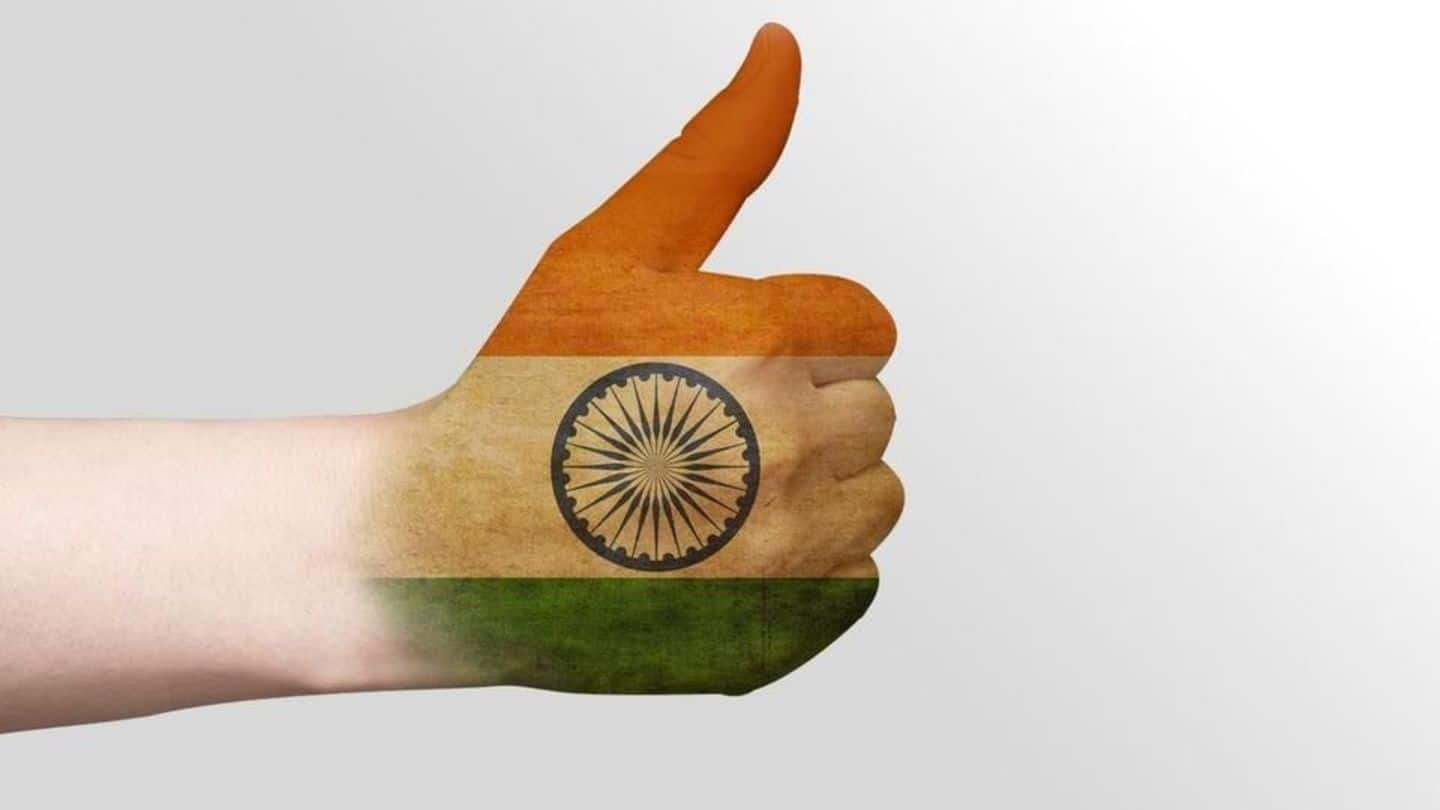
How much would climate change cost India?
What's the story
As global green house gas emissions continue to grow, India is starting to feel the impact of climate change; be it through bad monsoons or through extreme weather events.
While these impacts are felt deeply on a physical level, it is also taking a deep toll on our economy as evidenced by India's ongoing agricultural crisis.
What is the cost of addressing climate change?
About
Agriculture sector to be badly affected: Government report
As per a Parliamentary Committee submission made by the agriculture Ministry, production of major crops would dip up to 10-40% by 2100 unless proper adaptation techniques are implemented.
While production of crops including wheat, rice and pulses is projected to reduce, the report notes that productivity of crops including coconut and potatoes would increase.
In the absence of adaptation mechanisms, farmers would get poorer.
Do you know?
What is climate change adaptation?
Adaptation involves techniques that can be employed to reduce vulnerability to the effects of climate change. It involves mechanisms including building disaster resilience and instituting financial mechanisms to compensate for fluctuating agricultural productivity. Social and economic development can seriously suffer without adaptation measures.
Food scarcity
Are we headed for a serious food shortage?
Growing population and rapid urbanization would increase demand for food possibly forcing India to rely on imports.
At current rates, India has a long way to go to meet projected demand by 2030.
The Parliamentary Standing Committee on Agriculture further notes, "Vulnerability of Indian agriculture to climate change and low adaptation capacity of majority of Indian farmers poses risk to the country's food security".
Data
India's food demand
While India's net food production for 2016-17 is estimated to be around 275.68 million tonnes, the ICAR-National Institute of Agricultural Economics and Policy Research projects the expected demand for agriculture produce including vegetables, milk and animal products at 345 million tonnes, by 2030.
Extreme weather
What about extreme weather events?
While extreme weather events are not always directly caused by climate change, scholars opine that it definitely has a role in increasing the frequency and severity of such events.
Government data reveals that extreme weather events annually cost India $9-10 billion.
The report further notes that the Kashmir floods and Cyclone Hudhud in 2014 cost India $15 billion and $11 billion respectively.
Analysis
What does this mean?
Taking into account status quo in Indian agriculture and increasing frequency of extreme weather events, India would have to pay a heavy price for climate change in the near future.
Given that India has low domestic productivity in major crops including rice, this raises serious concerns for India's food security.
India will have to take various measures in multiple sectors to avert an impending crisis.